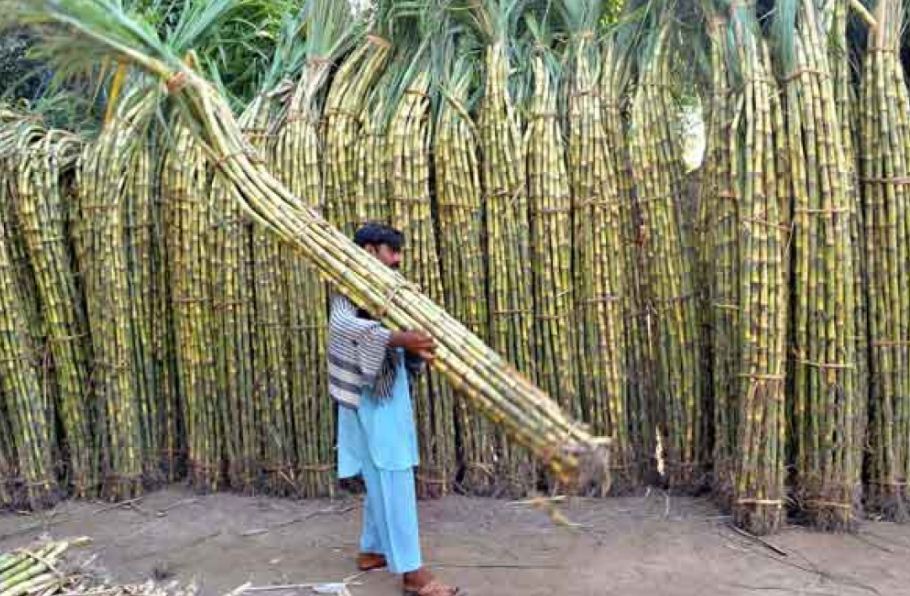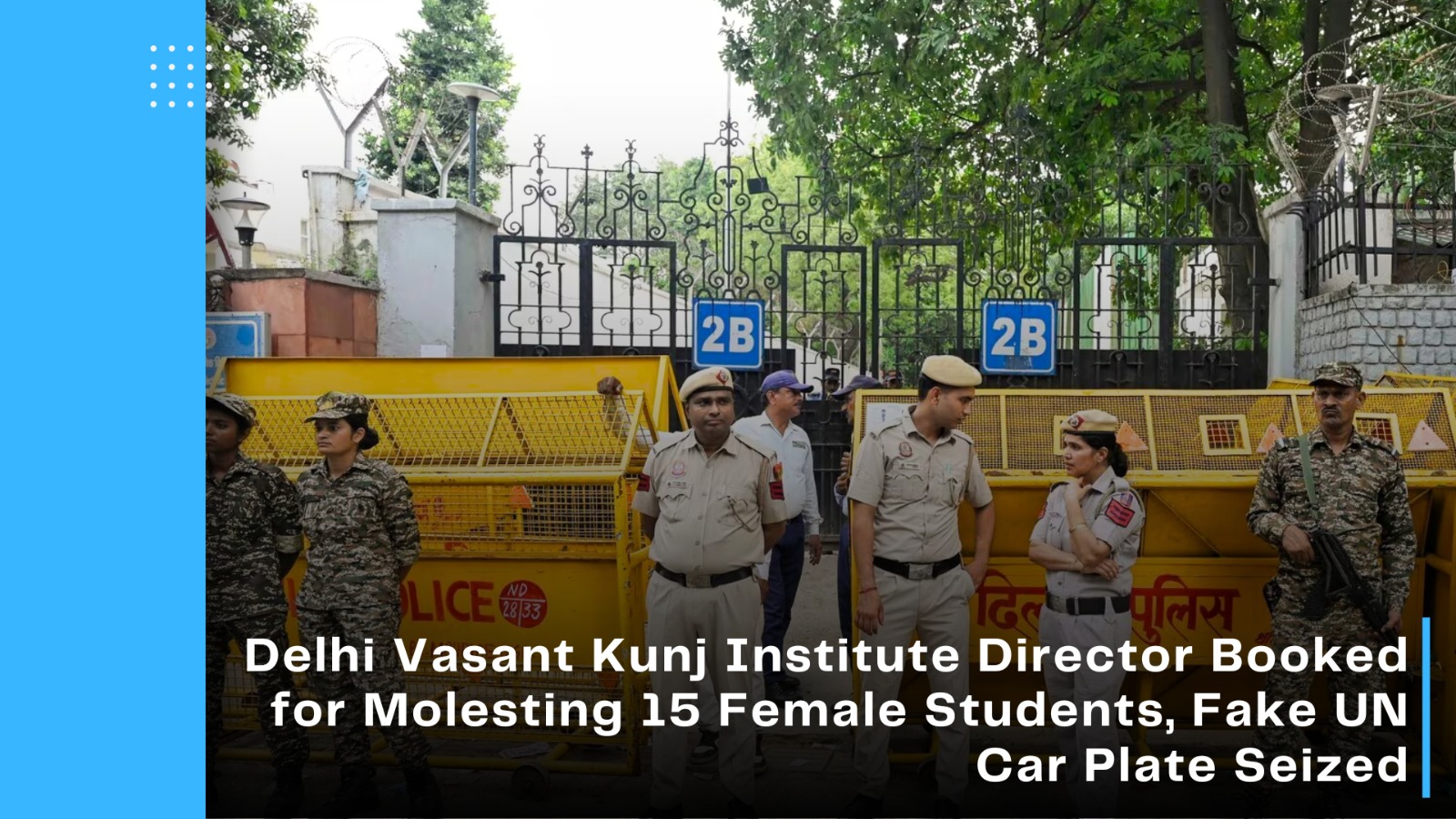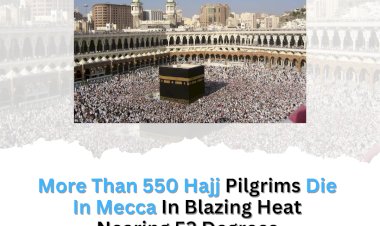More Than 550 Hajj Pilgrims Die In Mecca In Blazing Heat Nearing 52 Degrees
Summary - Tragedy struck Hajj 2024 as over 550 pilgrims perished in scorching heat. Extreme temperatures, reaching 125┬░F, caused heatstroke deaths, with many victims being Egyptian. Unregistered pilgrims, lacking access to essentials, faced even higher risks. Despite Saudi efforts, questions remain about handling the heat crisis. Climate change warnings loom as rising temperatures threaten future Hajj pilgrimages.

The annual Hajj pilgrimage in Mecca, Saudi Arabia, has been marred by tragedy this year, with over 550 pilgrims losing their lives due to the extreme heat. This grim statistic underscores the grueling nature of the pilgrimage, especially in the face of rising temperatures attributed to climate change.
Heatstroke Takes a Heavy Toll
According to Arab diplomats coordinating their countries' responses, at least 550 pilgrims have died. A significant portion, at least 323, were from Egypt, with most succumbing to heat-related illnesses. The high death toll is further supported by reports from the Al-Muaisem hospital morgue in Mecca, a major facility.
Other countries, including Jordan, have also reported fatalities among their pilgrims. The total number of deaths reported by various countries stands at 577, according to an AFP tally.
Heat Stress a Major Concern
The scorching temperatures in Mecca, reaching a scorching 51.8 degrees Celsius (125 degrees Fahrenheit) this year, are a major contributing factor to the high death toll. Saudi authorities have reported treating over 2,000 pilgrims suffering from heat stress, but haven't provided updated figures or information on fatalities.
Unregistered Pilgrims Face Heightened Risk
The presence of unregistered pilgrims, estimated in the tens of thousands, further complicates the situation. These individuals often lack access to essential resources like air-conditioned facilities, putting them at greater risk during the extreme heat. An Egyptian official supervising the country's hajj mission attributed a significant portion of their fatalities to unregistered pilgrims who lacked basic necessities like food, water, and air conditioning.
Authorities Take Action, But Questions Remain
While Saudi officials have implemented measures like advising pilgrims to use umbrellas, stay hydrated, and avoid peak sunlight hours, the tragedy raises questions about the adequacy of these efforts. Reports of overwhelmed ambulance services and pilgrims witnessing fatalities highlight the challenges faced during the Hajj.
Saudi Arabia claims their health plans for the Hajj were successful in preventing major outbreaks of disease, but the high number of heat-related deaths suggests a need for more robust heat mitigation strategies.
Climate Change Poses Growing Threat
A recent Saudi study indicates a worrying trend of rising temperatures in the area where Hajj rituals are performed. With an increase of 0.4 degrees Celsius per decade, the scorching conditions experienced this year are likely to become more frequent, posing a significant threat to future Hajj pilgrimages.
Global Community Mourns the Loss
The international community mourns the loss of life during the Hajj. Countries like Indonesia, Iran, and Senegal have also reported fatalities among their pilgrims. While the exact number of heat-related deaths remains unclear, the statistics paint a grim picture of the challenges faced during this year's Hajj.





































Comments (0)